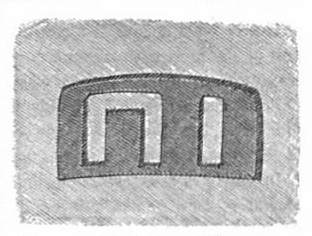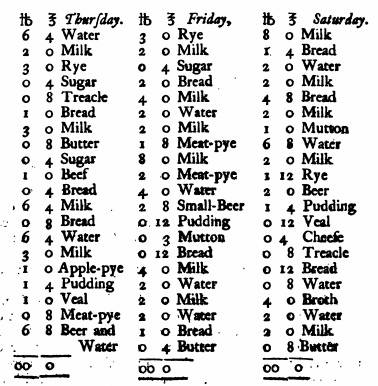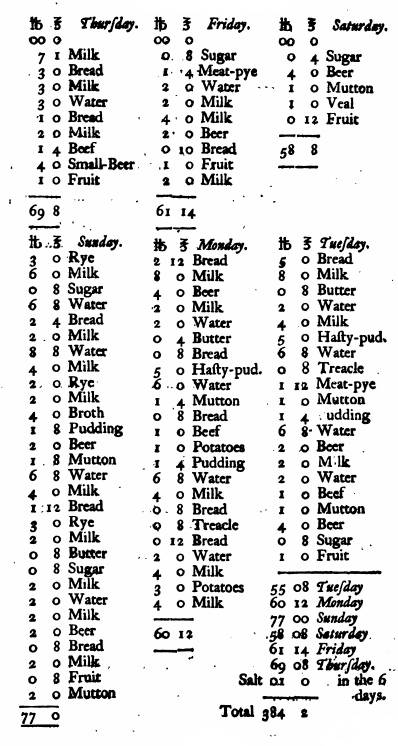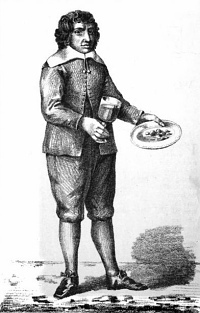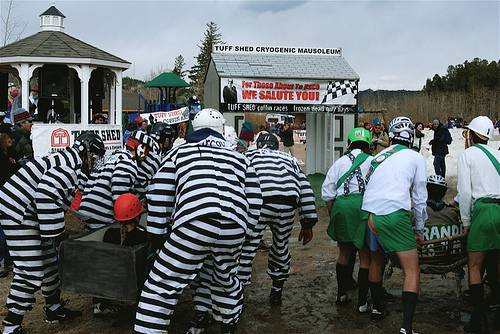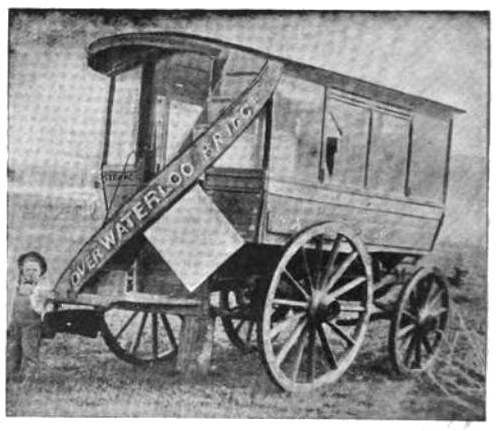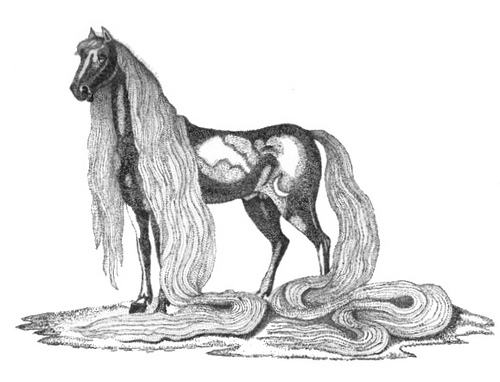
From Kirby’s Wonderful and Eccentric Museum (1820), the long-tailed stallion of Augustus II, king of Poland:
The tail and mane of this horse, exhibit an extraordinary rarity, and excite a doubt whether they may not have been the effect of some artificial means: otherwise, how happens it that the hair of no other animal of this species, should have attained such a wonderful length? The stuffed hide of this horse is preserved in the armoury at Dresden; the colour is cream pye-balled, the length of the mane is nine ells, and of the tail twelve. This horse belonged to Augustus II, king of Poland, who rode him only on extraordinary occasions, when the mane was borne by pages, and the tail by grooms; when he stood in the stable, his hair was tied up in bags.

